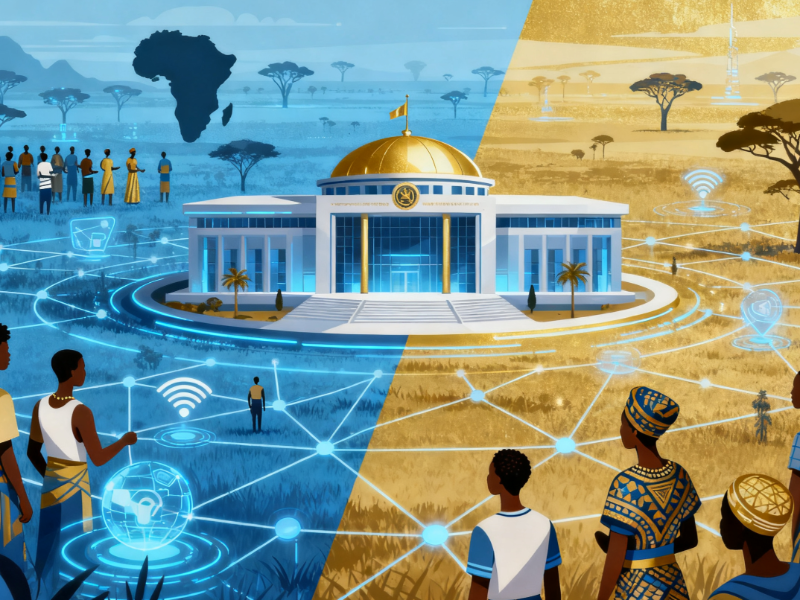- Supporters say CAIGA strengthens digital sovereignty and stabilises AFRINIC’s troubled governance landscape.
- Opponents argue it centralises authority within an intergovernmental body and sidelines AFRINIC’s multistakeholder community.
How CAIGA’s governance model works
Smart Africa’s Continental Africa Internet Governance Architecture (CAIGA) has emerged as one of the most debated proposals in African digital policy. Introduced as a response to years of instability within AFRINIC, the continent’s Regional Internet Registry, CAIGA seeks to build a new governance layer involving heads of state, national regulators and a permanent Smart Africa-backed secretariat. While framed as collaboration, many see it as a shift toward political control over technical functions.
CAIGA proposes a structure in which Smart Africa’s Heads of State Summit sits at the top of the governance hierarchy, with the authority to politically endorse AFRINIC reforms even if its own membership does not approve them. The framework introduces a permanent secretary appointed by Smart Africa — creating a reporting line outside AFRINIC’s member oversight — and establishes committees that, critics say, reduce open community participation and replace it with paid or government-driven processes.
Smart Africa argues that these mechanisms provide much-needed stability. After AFRINIC’s prolonged internal conflicts, supporters believe that stronger coordination and oversight from governments could prevent future governance paralysis and ensure continuity of Africa’s critical internet infrastructure.
Also Read: CAIGA’s rise: What it means for AFRINIC members and operators
Why critics fear political overreach
The strongest pushback comes from the technical community, which views CAIGA as a departure from the bottom-up, multistakeholder model used across all Regional Internet Registries. Allowing political endorsement to override community decisions, they warn, risks turning AFRINIC into a politically steered institution rather than a technically neutral one. The introduction of a Smart Africa-appointed permanent secretary further reinforces concerns about centralisation of authority.
Also Read: Who should govern Africa’s internet — AFRINIC or CAIGA?
What this means for Africa’s internet future
Experts caution that intertwining political and technical governance could undermine trust not only in AFRINIC but also in the global internet governance ecosystem. The regional registry model works because it keeps governments at arm’s length from operational decisions. If CAIGA normalises political intervention, the precedent could influence how other internet registries are treated worldwide.
Whether CAIGA becomes a genuine platform for cooperation or a mechanism for centralised authority will depend on how its designers address concerns around transparency, community participation and operational independence. Africa may indeed need stronger coordination — but not at the cost of the principles that keep the internet open, neutral and stable.

